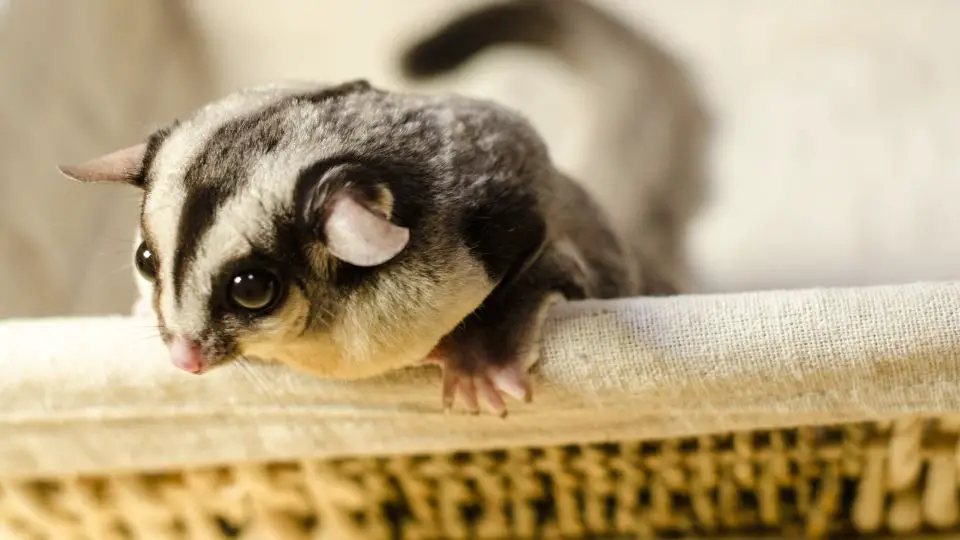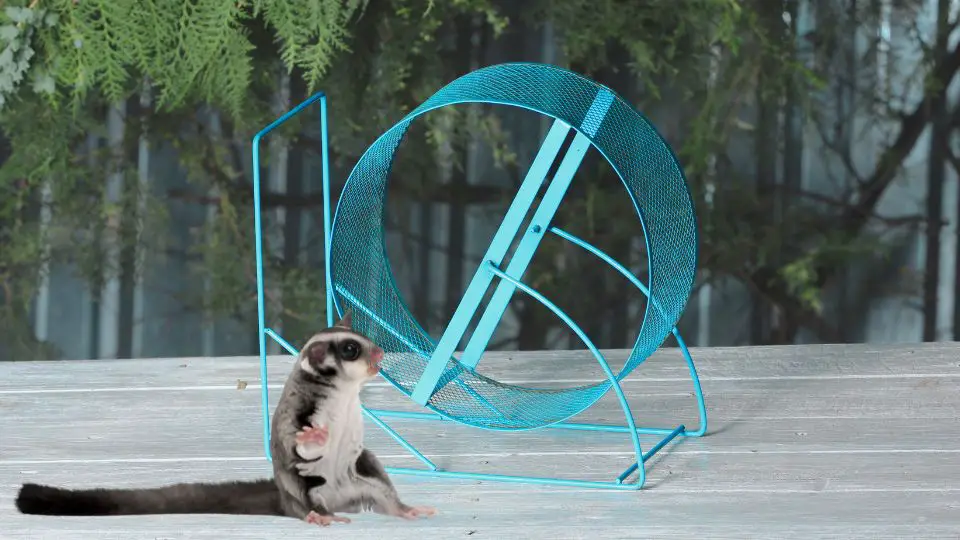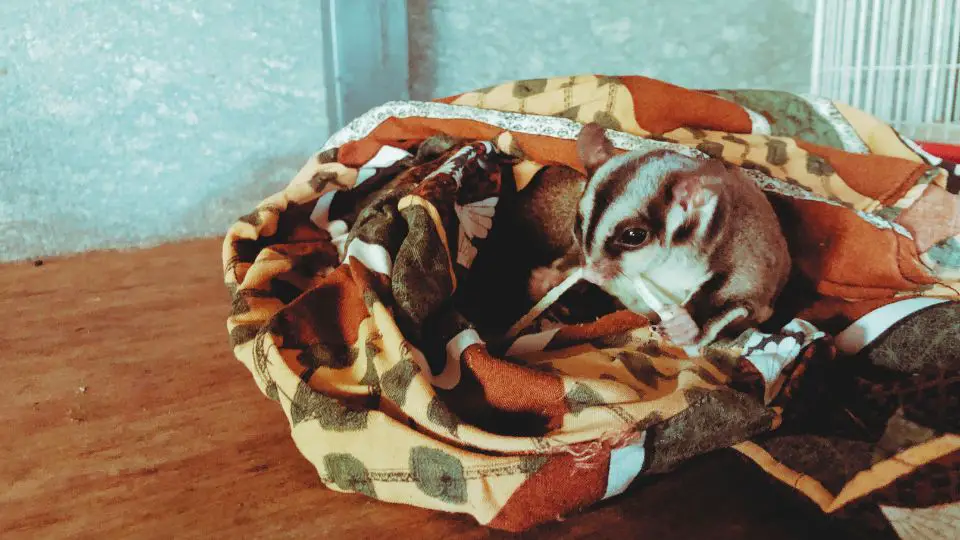Sugar gliders are eaten by a broad variety of animals. Snakes, feral cats, quolls, kookaburras, lace monitor lizards, owls, mulgaras, foxes, and antechinuses are among the predators. Many of these predators, such as the antechinus, a prickly-textured, mouse-like marsupial, are found only in Australia.
Despite being a timid species, the sugar glider’s greatest way of defending themselves is to just disappear. It builds its nests in tree hollows that are high above the ground, and since it is an arboreal animal, it only has to descend to the ground on rare occasions. The coloration of the sugar glider also contributes to its hiding ability.
It manages to keep off the ground by gliding between trees and other high points. It is able to accomplish this due to gliding membranes linked to its wrists and ankles, which allow it to fly.
When sugar gliders are threatened in captivity, they may create a high-pitched chattering sound that is difficult to hear. It has been reported that they bite in self-defense.
How are sugar gliders adapted to their habitat?
Sugar gliders have a patagium, which is a delicate membrane that runs between their wrists and ankles. This allows the species to glide from tree to tree and works as a parachute for them, which can float in air for approximately 50 meters!
Their vast range of vision makes them great aviators, and they can examine distances by bobbing their heads before takeoff. When flying, they steer themselves by tilting their wrists and arms and altering the tension in their ‘wings’ whereas their bushy tail works as a rudder.
Their tail is almost as long as their 6-inch bodies and is prehensile (capable of grabbing), enabling them to transport leaves to their nest. In addition to possessing five fingers on each toe, their rear feet include opposable toes that enable them to cling tightly onto trees. They land smoothly on all fours after flying for a long time.
Sugar gliders may exude an oily fluid that smells like spoiled fruit when threatened. They adopt a protective stance in which they stand on their hind legs, extend their head, and open their lips. If they are very terrified, they may even lay on their back with their feet up and vocalize!
A sugar glider on the ground is quite unusual. These arboreal creatures spend much of their time in trees. According to Tasmania’s Department of Primary Industries, gliding is not only an efficient mode of transportation, but it may also be a method of avoiding harmful predators.
How do sugar gliders survive
They don’t really have wings, but rather a webbing that runs from their front wrist to their back ankle that helps them fly. This is how they hop from tree to tree in the wild. To defend themselves from predators, they sleep in groups of 10-12 high up in the trees in their nests all day.
Many sugar gliders do not survive through their first year of life because they are prey to many predators while they are young and tiny. However, if they can avoid predators during their initial years of life, they may occasionally live to be 14 years old, according to the University of Michigan’s Animal Diversity Web.
Sugar glider habitats include forested regions with open woodland, and the species may be found in locations with a lot of tree hollows for refuge and food. These marsupials are arboreal, which means they live in trees for food, shelter, and protection. They build leaf nests in tree hollows where they may hide throughout the day. Their territories may cover two acres of woodland and are marked and protected by urine and other secretions.
A ‘clan’ of up to seven adults and their young may form and share a nest. Within their own clan, they are playful and pleasant, but if attacked by other animals or approached by Sugar Gliders from a competing tribe, they will defend their territory violently and loudly. Dominant males mark other clan members and the area surrounding the nest with scented secretions coming from glands on their breasts.
Do sugar gliders die easily
Sugar gliders are not the toughest of creatures, and they have their own set of demands and requirements. As a result, if they are not properly cared for, they may regrettably die soon and easily.
The most serious hazard to a sugar glider is a shortage of water. Dehydration is a common cause of death in sugar gliders. Dehydration may be caused by anything as simple as a lack of access to water, or a damaged water bottle with a blocked water flow.
Sugar gliders may fully dehydrate and perish in as little as 12 hours. Fortunately, there is a method for testing a sugar glider’s hydration levels. You just need to pull their skin up at the shoulders. If the skin immediately returns to normal, everything is good.
If, on the other hand, the skin manages to remain up or falls extremely slowly, they are most likely dehydrated. A veterinarian can help with rehydration by injecting fluids beneath the skin.
Dehydration in a sugar glider may be an indication of a much deeper problem, therefore you must attempt to figure out why this is happening. Sugar gliders have no defenses against dehydration as they would have against other threats, such as predators.
They are relatively little, measuring just 16 cm and weighing 120 grams on average, and are quickly defeated by larger species. Even if they are only curious or amusing themselves.







